
Where We Be
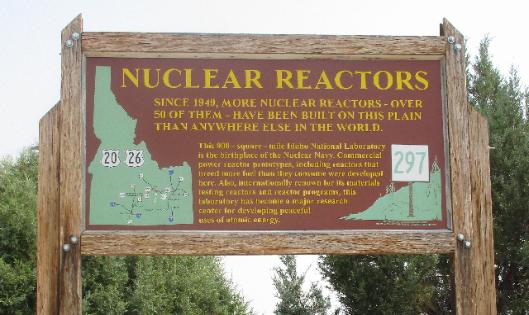
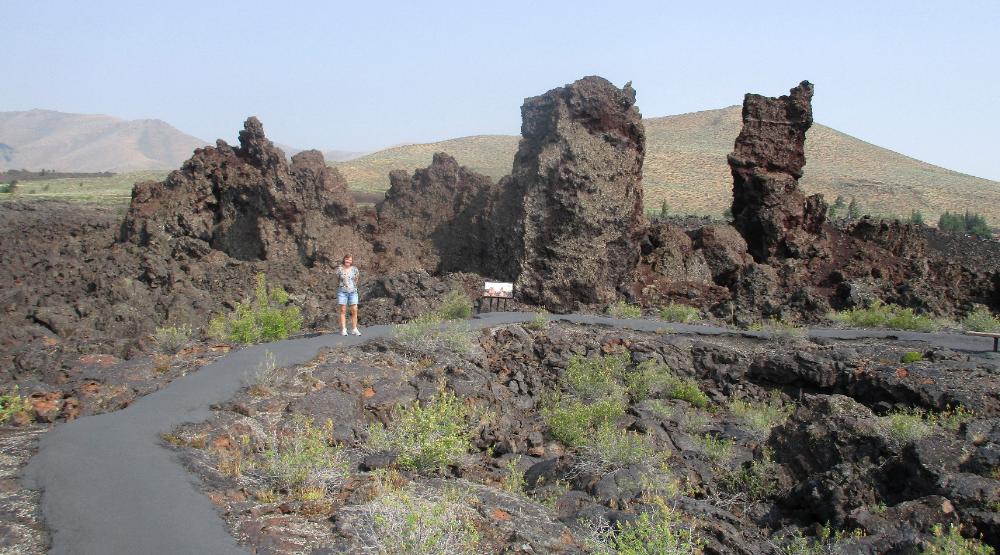
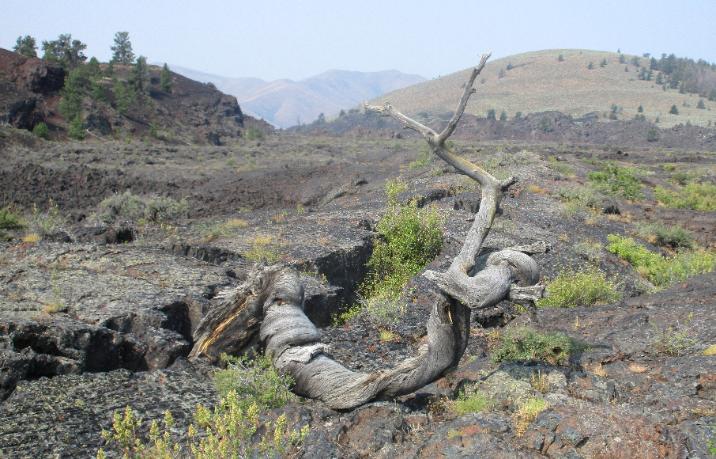

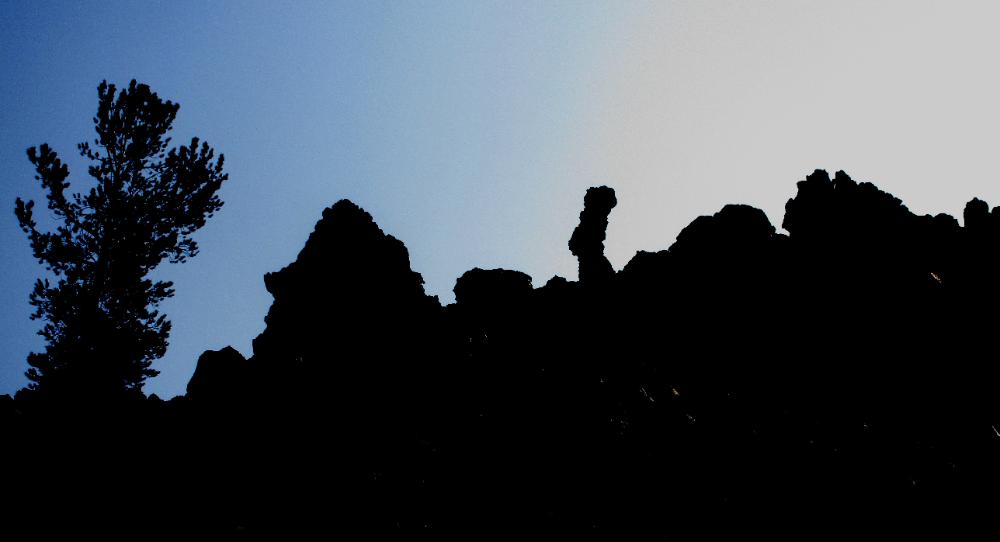
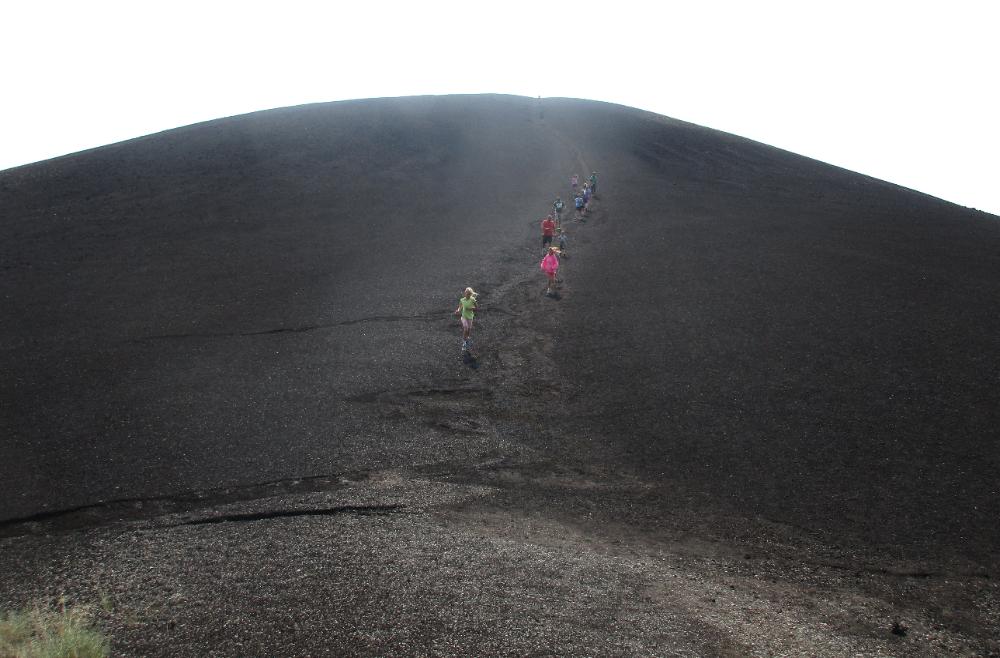
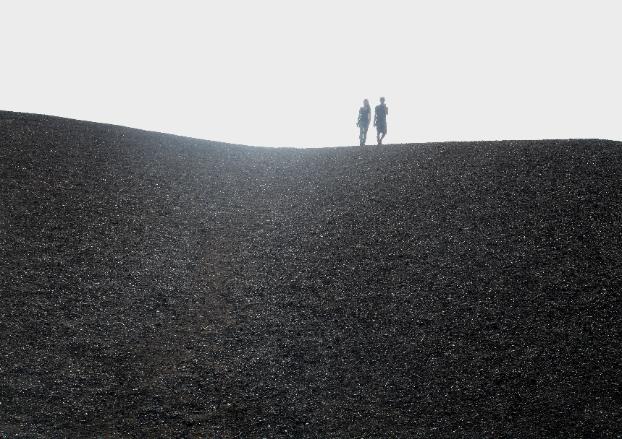
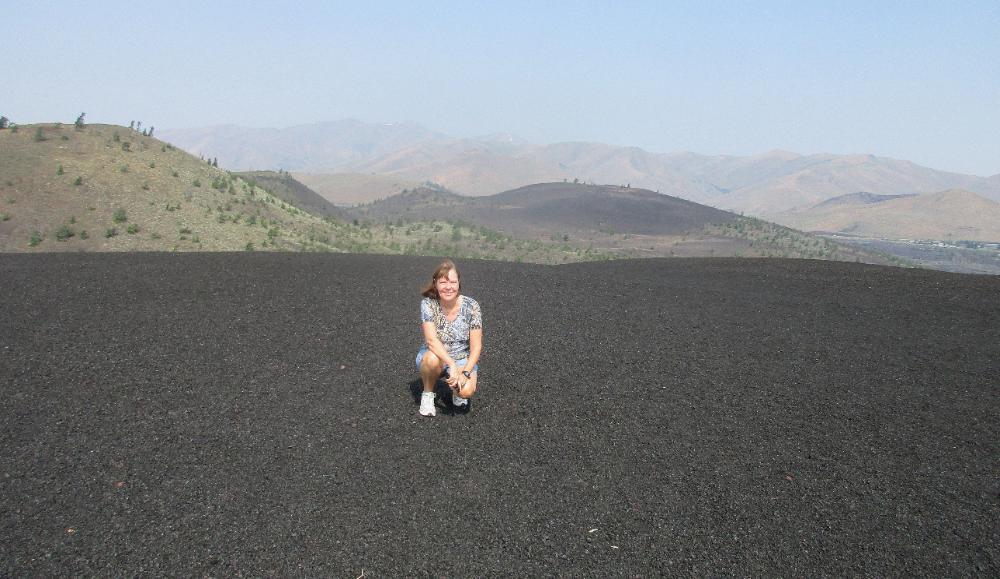
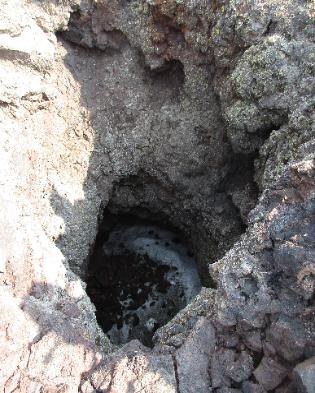
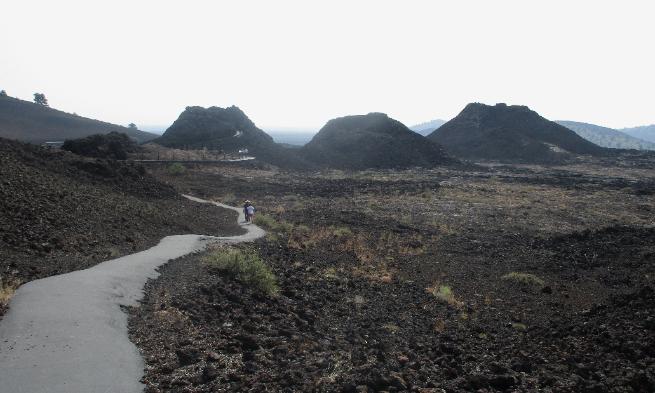
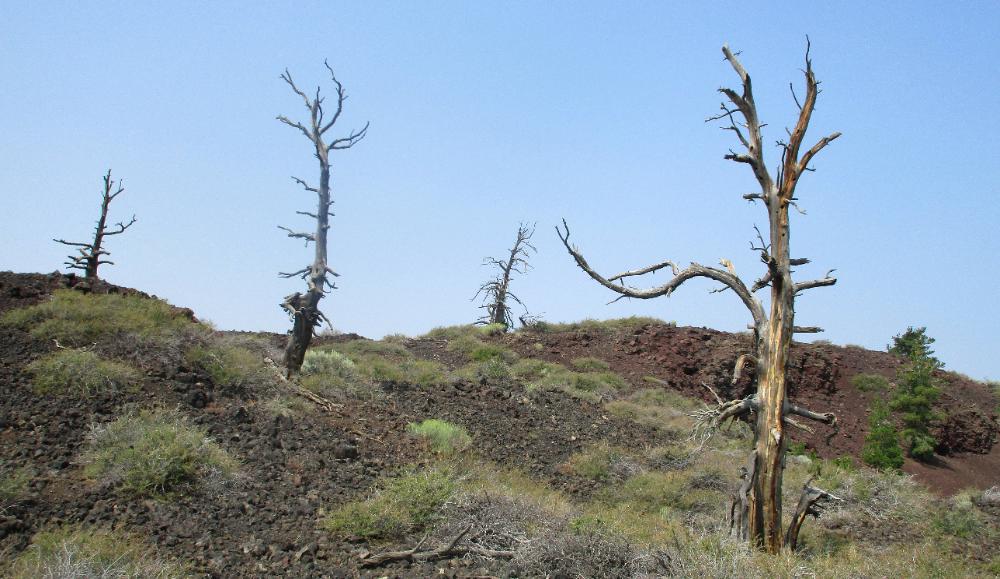
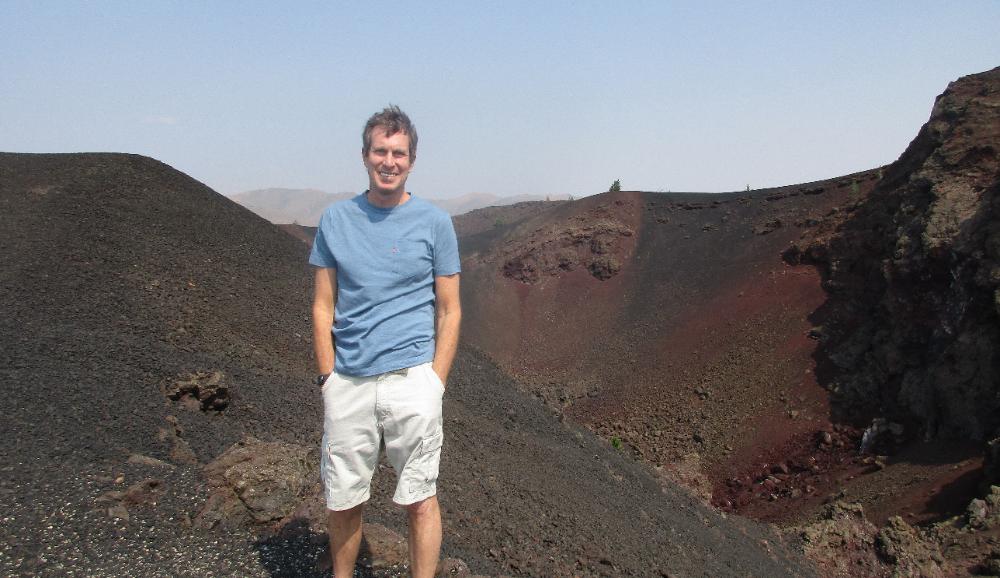
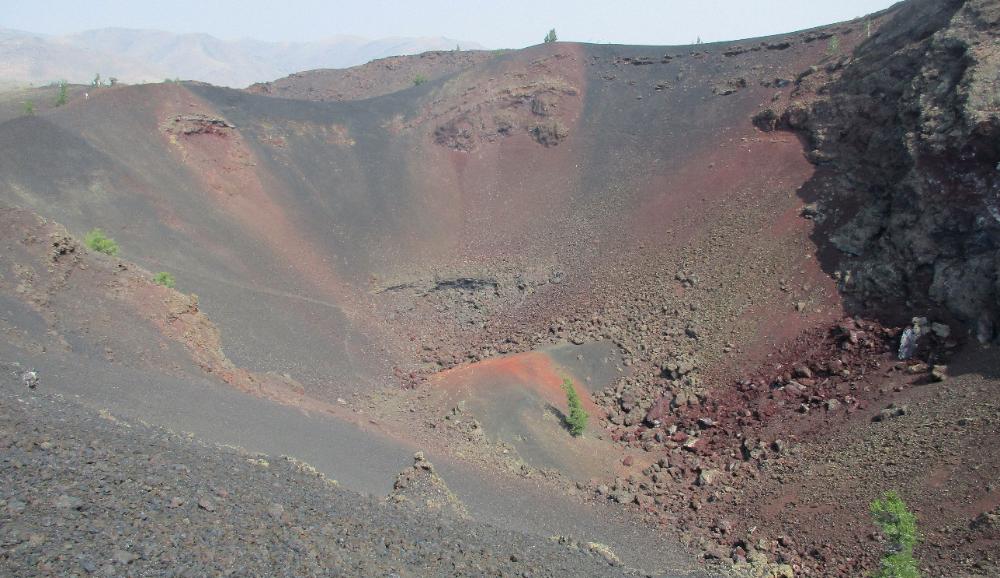
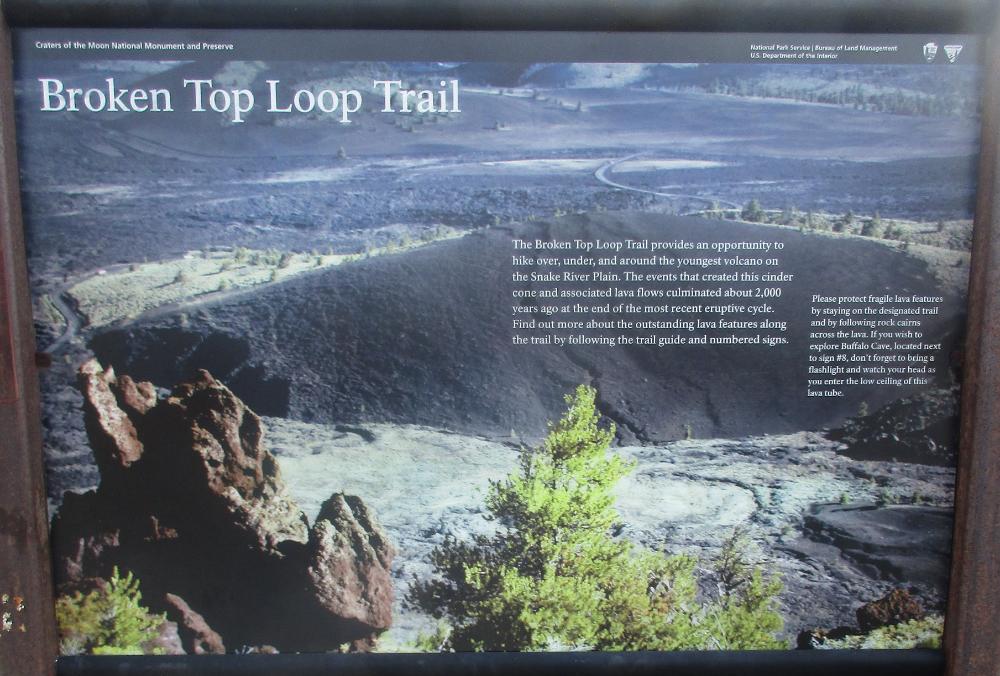
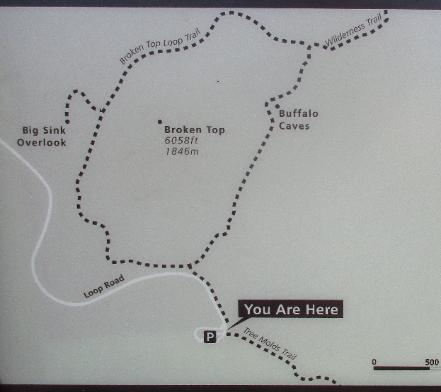
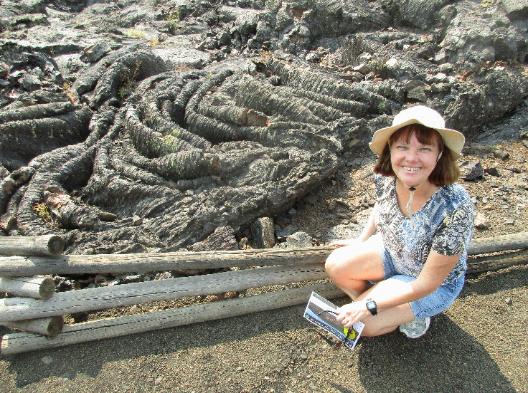
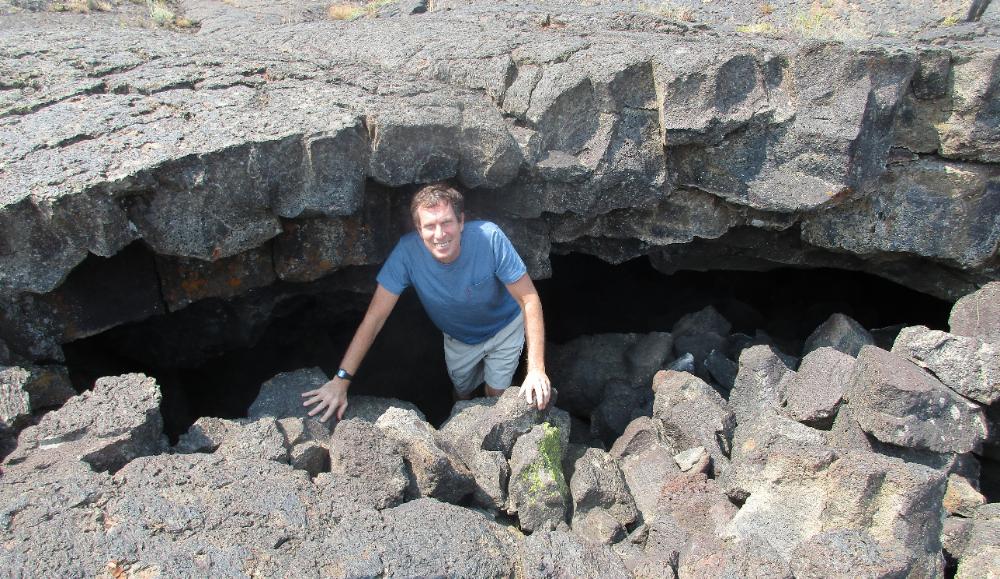
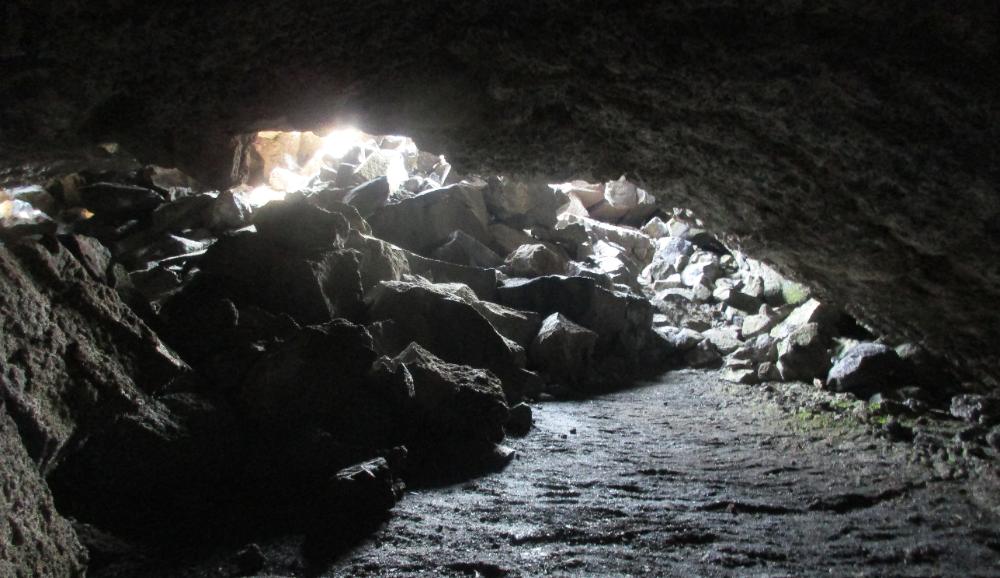
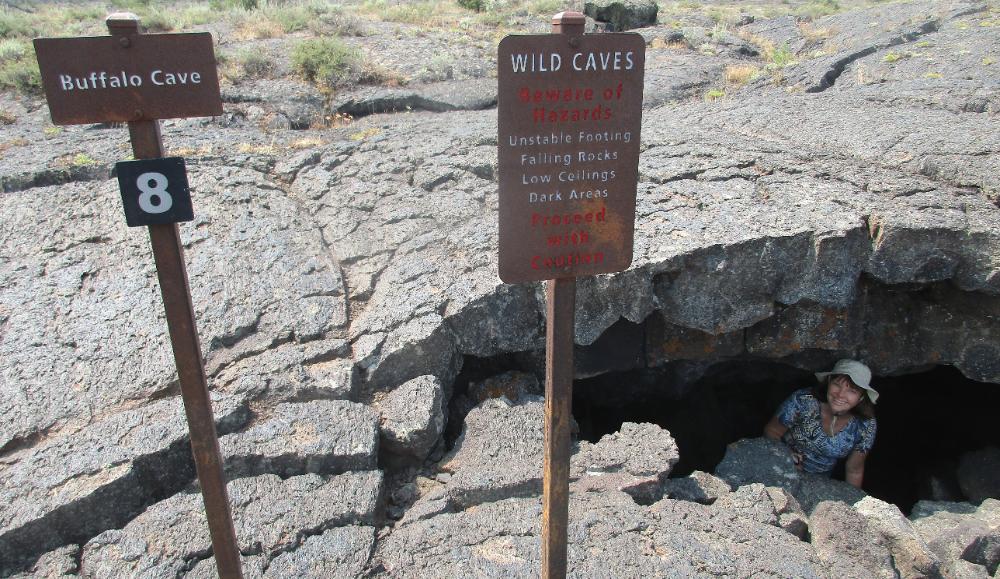
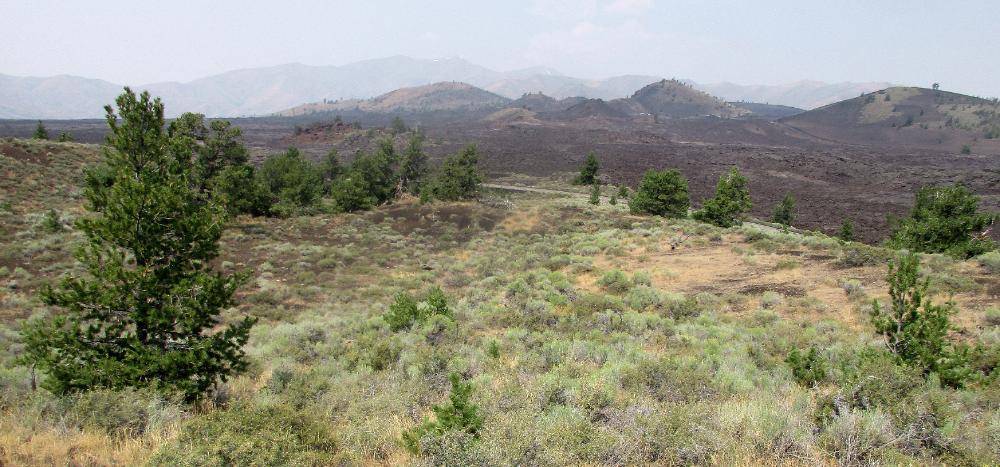
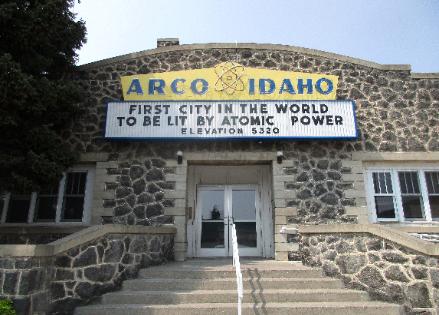
| Remote, weirdly scenic Craters of the Moon really does feel unearthly at times -- like here at the top of Inferno Cone Trail |
| Craters of the Moon, Idaho |
We'd been promising ourselves we’d visit the
remote Craters of the Moon National Monument
before leaving Idaho, and we finally did. This is
a weird place to be sure. The National Park
Service describes it as "a vast ocean of lava
flows with scattered islands of cinder cones
and sagebrush." To us it felt like the Big Island
of Hawaii had been magically transported to the
middle of Idaho. Of course the name itself
implies it's almost as barren as the moon, and
Apollo astronauts really did train here, learning
to collect rock specimens in a harsh setting.
The heart of the park is a 7-mile loop drive with
a number of short hikes radiating from it. North
Crater Flow Trail took us over one of the young-
est flows in the park -- a mere 2,000 years old.
Inferno Cone Trail involved a short, steep climb
to the top of a black cinder cone (shown left).
Spatter Cones featured Snow Cone Crater with
actual snow at the bottom. Big Craters Trail took
us to one of the park's largest volcanic craters.
Broken Top Trail made a 1.8-mile loop around a
cinder cone, with the highlight being a descent
into Buffalo Cave lava tube; its remote setting
made it feel just a bit dangerous to clamber into.
remote Craters of the Moon National Monument
before leaving Idaho, and we finally did. This is
a weird place to be sure. The National Park
Service describes it as "a vast ocean of lava
flows with scattered islands of cinder cones
and sagebrush." To us it felt like the Big Island
of Hawaii had been magically transported to the
middle of Idaho. Of course the name itself
implies it's almost as barren as the moon, and
Apollo astronauts really did train here, learning
to collect rock specimens in a harsh setting.
The heart of the park is a 7-mile loop drive with
a number of short hikes radiating from it. North
Crater Flow Trail took us over one of the young-
est flows in the park -- a mere 2,000 years old.
Inferno Cone Trail involved a short, steep climb
to the top of a black cinder cone (shown left).
Spatter Cones featured Snow Cone Crater with
actual snow at the bottom. Big Craters Trail took
us to one of the park's largest volcanic craters.
Broken Top Trail made a 1.8-mile loop around a
cinder cone, with the highlight being a descent
into Buffalo Cave lava tube; its remote setting
made it feel just a bit dangerous to clamber into.
| Triple Twist Tree was cored in 1967 and found to have 1,350 rings -- meaning it was at least 1,350 years old. It still had a sprig of green on it in 1956. |
| We started with North Crater Flow Trail, a half-mile loop that took us over one of the youngest flows in the park. Robin is standing in front of monoliths and crater fragments "rafted" here by lava flows. |
| Even the path on North Crater Flow Trail looks like a lava flow |
| The rocky silhouettes along North Crater Flow Trail can be pretty surreal |
| Our next stop was Inferno Cone, a tall black cinder cone that can make for some unusual photos. It's a steep quarter-mile climb to the top. |
| Elevation at the summit of Inferno Cone is 6,181 feet, so on a clear day the views can be fantastic. But recent fires made for hazy views when we visited. |
| Next up was Spatter Cones -- the cones shown above. It's just a quick walk to the top of two of the cones. The one called Snow Cone contains snow at the bottom even in August. |
| From the same parking lot you can access Big Crater Trail (aka North Crater Trail). A steep quarter-mile climb takes you past this funky dead tree zone to one of the biggest craters in the park. |
| And here we are -- a big volcanic crater as promised |
| We loved the brilliant colors inside the crater -- and the lone tree growing at the bottom. The people walking along the far rim give a sense of scale. |
| Informative park signs let you know what to expect at each hike |
| This is the lower part of the sign. Broken Top Trail was the longest hike of the day for us -- a loop of 1.8 miles. |
| It felt just a little dangerous going inside since the cave was in the middle of nowhere and no one else was around. If you decide to venture in (and you should), pick up a free permit from the visitor center and bring a flashlight. |
| The lava tube widens dramatically as soon as you get past the entrance. Here we're looking back at the entrance. In the other direction it's long, dark, and dank. We didn't see any bats but they're here. |
| A definite highlight of the hike was our descent into Buffalo Cave . Lava tubes like this are formed when lava hardens on the surface and keeps flowing underneath. The flowing lava eventually clears out and you're left with a lava tube. |
| After exploring the cave we finished the rest of the loop hike. This stretch looks positively green compared to the rest of the park. |
| On our way home we paused in Arco -- famous for being the first city in the world lit by atomic power |
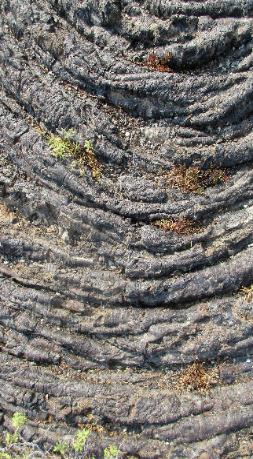
| Good examples of pahoehoe lava (the smooth or ropy kind) abound here |
| We had this trail mostly to ourselves. Some of the lava formations were really bizarre, like these thick ropes of pahoehoe lava. |